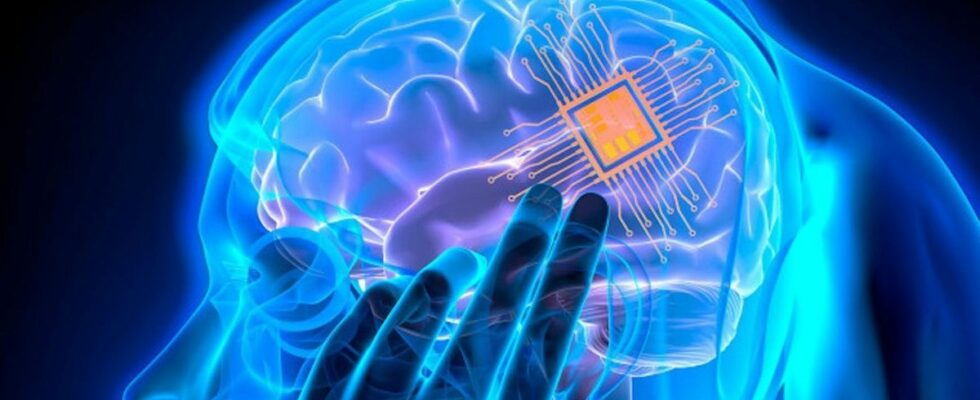Published on
updated on
Reading 1 min.
Specializing in neurotechnologies, the American start-up Neuralink has already distinguished itself in the past by implanting a chip in the brain of a patient, who was able to interact with a computer through thought alone. A next step will be to control an articulated arm. A new call for guinea pigs has just been launched.
The objective is now clear, Neuralink wants to allow patients to control a robotic arm, by the simple force of their thought. This innovation is a continuation of the company’s first successes with its pioneer patient, Noland Arbaugh, a quadriplegic capable of playing chess on a computer thanks to the implant that was transplanted into his brain.
Neuralink will therefore experiment with this new feasibility trial aimed at extending the control of the brain-computer interface using the N1 implant to an experimental assistive robotic arm. If successful, this technology could revolutionize the autonomy of paralyzed people.
Registration is open to American, Canadian and British citizens who are adults and who suffer from quadriplegia, paraplegia, visual impairment or blindness, speech impediment or inability/difficulty to speak, hearing impairment or deafness, and/or limb amputation major. Victims of cervical spinal cord injury or amyotrophic lateral sclerosis (ALS) are also eligible.
As a reminder, the ultimate goal of Neuralink is to allow disabled people to control various devices through thought. In the longer term, this technology could also help treat Parkinson’s disease or epilepsy.
